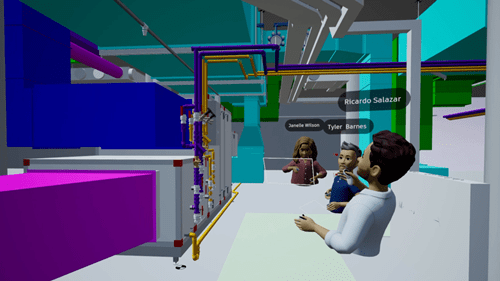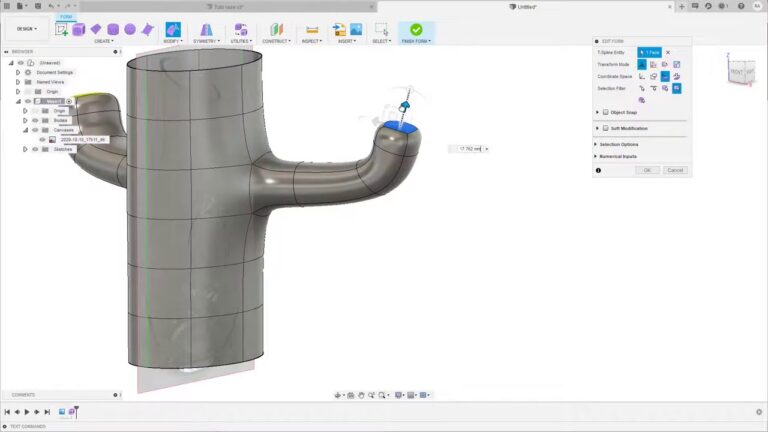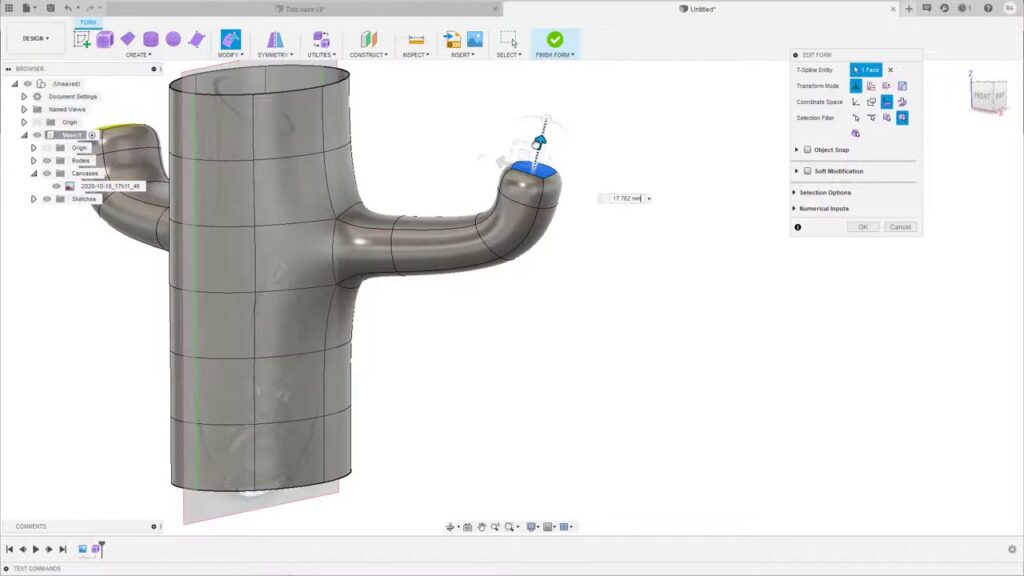Augmented reality has emerged as a transformative technology across several sectors, revolutionizing the interactions between businesses and their customers. Practical applications are developing at a rapid pace, bringing innovation and efficiency to various business processes. Several companies are now adopting AR to enhance their services, optimize their operations, and offer engaging customer experiences. This article explores case studies of the use of augmented reality in various fields, including retail, healthcare, real estate, and education.
Table of Contents
ToggleRetail: Enhancing Customer Engagement
In the retail sector, augmented reality has transformed the way consumers interact with products. A striking example is the IKEA Place app, which allows users to virtually furnish their homes by overlaying digital images of IKEA products onto their personal space. This immersive experience gives customers the opportunity to envision how different items fit into their environment before making a purchase, thereby enhancing customer satisfaction and reducing return rates.
Furthermore, many other brands are leveraging augmented reality to provide virtual fitting rooms, allowing customers to try on clothes without stepping into stores. This trend has significantly changed the perception of the shopping experience, making the processes more interactive and engaging.
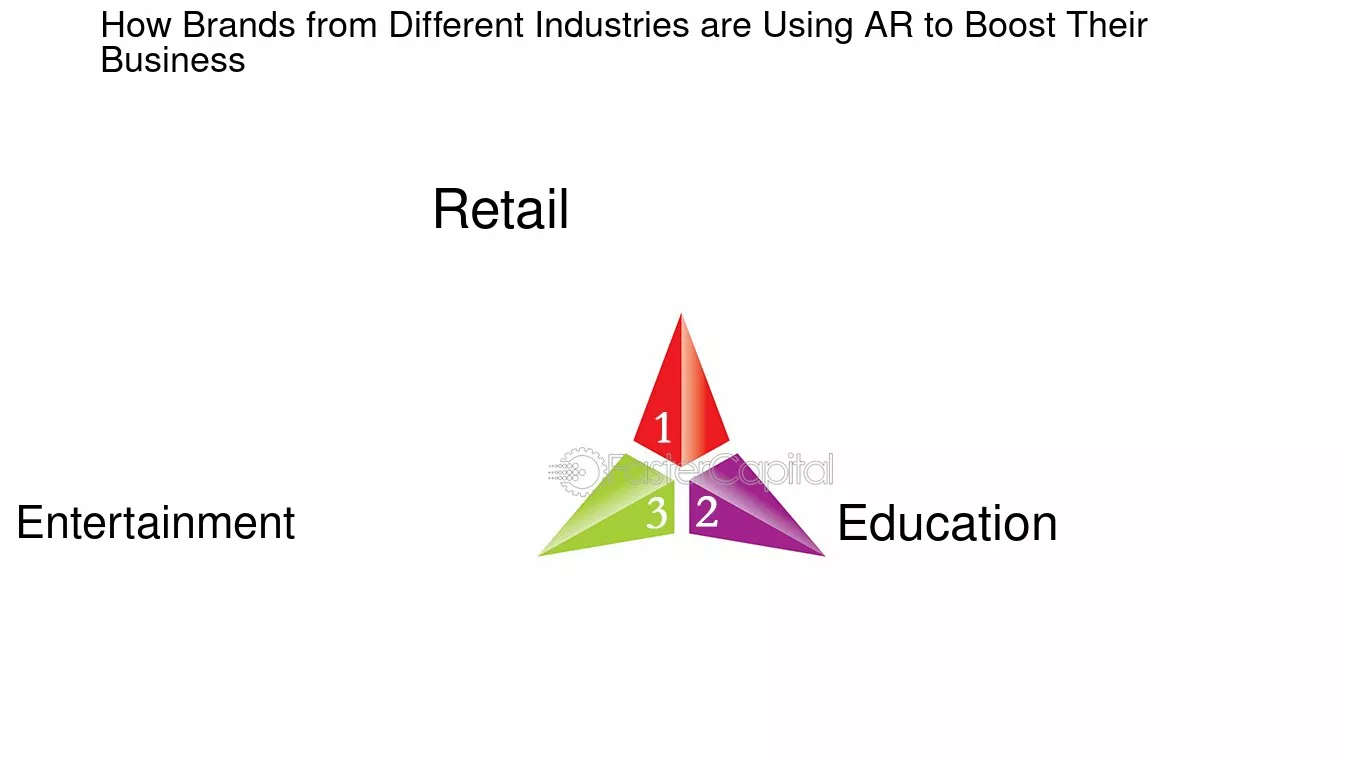

Personalizing the Shopping Experience
Augmented reality solutions like those developed by companies such as Sephora allow users to visualize cosmetic products on their face via AR applications. This personalization enhances the customer experience, facilitating unprecedented interaction with products. By allowing consumers to test products remotely, AR also encourages a reduction in inventory costs for retailers.
Studies indicate that 70% of customers say augmented reality tools encourage them to buy items online, demonstrating the positive impact of this technology on retail sales.
Manufacturing Industry: Streamlining Production Processes
Augmented reality has also made waves in the manufacturing sector, with companies like Boeing leveraging the technology to improve their assembly processes. By using augmented reality glasses, workers can see wiring diagrams overlaid on real components, significantly reducing assembly time and minimizing errors.
This adoption of AR in manufacturing not only increases efficiency but also lowers operational costs, which is vital in a competitive environment.
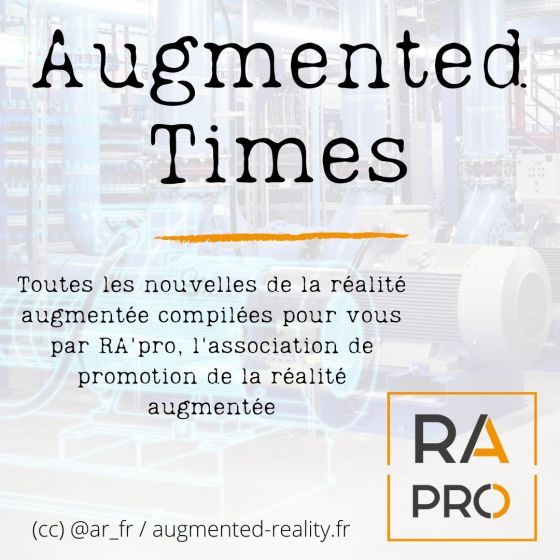
Training and Development
The applications of augmented reality are not limited to production. They also play a crucial role in employee training. AR training systems offer hands-on learning without the risks often associated with the workplace. Workers can familiarize themselves with new tools and processes in a simulated environment before applying them in their actual jobs.
With immersive simulations, employees can practice complex tasks in a secure environment, leading to better skill retention and reduced training times.
Healthcare Sector: Transforming Medical Training and Patient Care
Augmented reality is another sector where technology has a significant impact, particularly in medical training and enhancing patient care. For example, companies like Osso VR offer virtual reality training modules that allow healthcare professionals to hone their surgical skills in a virtual setting. These immersive simulation environments enable doctors to practice procedures without risking patient safety.
Furthermore, augmented reality can be used in patient care, where digital overlays assist in identifying veins for blood draws or injections, improving overall patient outcomes.
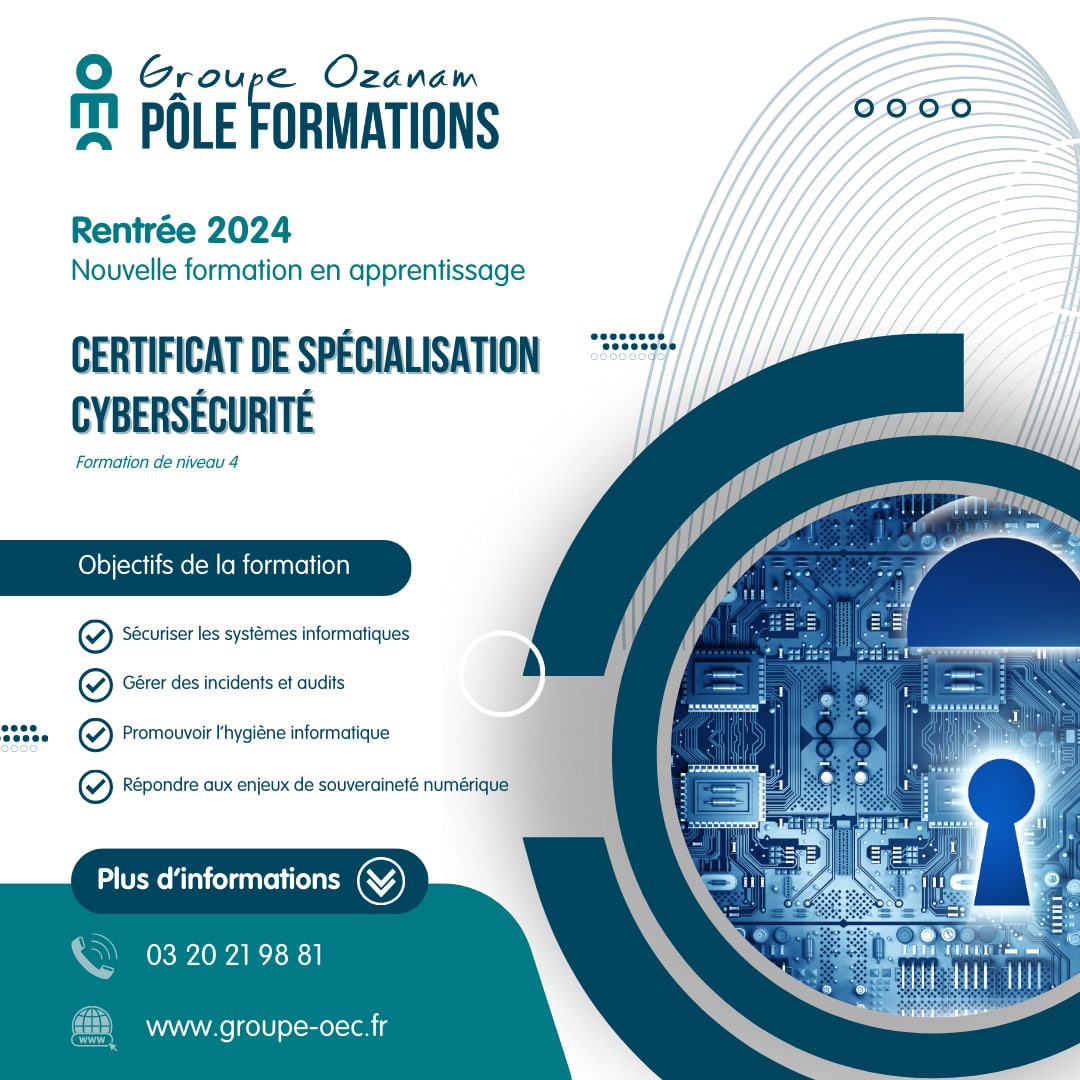

Simulation and Immersive Learning
In the medical sector, augmented reality also enables the simulation of emergency situations, providing in-depth training for healthcare professionals. This type of immersive learning is not only engaging but also provides a practical framework for learning to manage critical situations quickly.
This approach has the advantage of preparing medical staff to respond to various scenarios they will encounter in their careers, thus raising the level of care provided to patients.
Real Estate: Virtual Property Tours
In the real estate sector, the impact of augmented and virtual reality is particularly evident. Virtual tours allow prospective buyers to visualize properties remotely. Companies like Matterport have developed solutions enabling real estate agents to create virtual replicas of homes, offering buyers an interactive and immersive experience that enhances the decision-making process. This has compelled the market to adopt a new standard, where customer experience is paramount.
These virtual tours also make access to broader markets more accessible, allowing buyers to visit properties without having to travel physically.
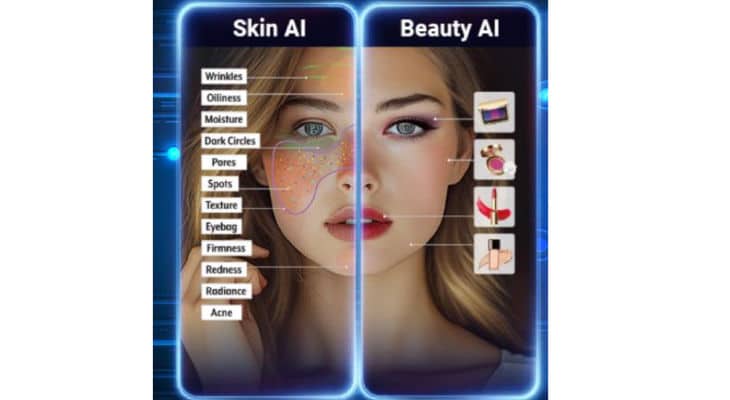
Enhancing Customer Decision-Making
With the integration of AR, customers are now able to make more informed decisions. The ability to view a property from all angles and simulate changes or renovations significantly enhances customer engagement. Additionally, these digital experiences make the purchasing process more enjoyable and less stressful.
Virtual tours also offer interactive features where customers can ask questions in real-time during their visit, enriching the experience while facilitating access to key information about the properties.
Education: Engaging Learning Experiences
In the field of education, augmented reality finds increasing application to enhance learning experiences. Educational institutions are adopting innovative teaching methods, using AR to make learning more interactive. Virtual field trips provide the opportunity to explore historical or scientific sites as part of the school syllabus, increasing student motivation and interest.
AR applications also provide interactive models and simulations, contributing to a better understanding of complex concepts, particularly in science and mathematics.
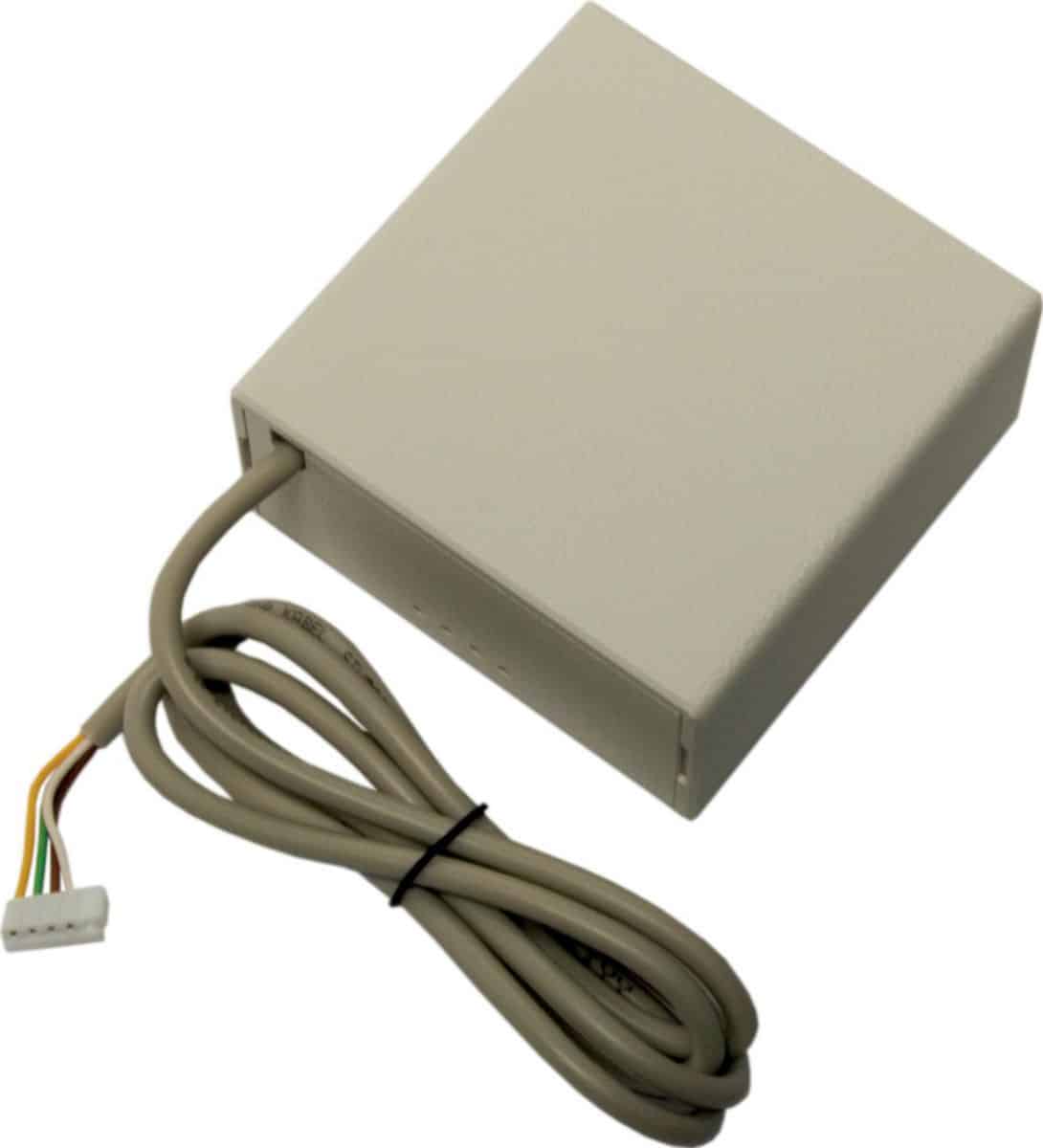

Increasing Accessibility to Education
Augmented reality also significantly enhances accessibility to education. Students with special needs can benefit from AR tools that facilitate interaction with educational content. AR can also help overcome language barriers by overlaying visual translations on specific content that students can study. This aligns with providing better granular support to students according to their specific needs.
Moreover, these educational innovations add value to the learning experience by encouraging active involvement from students in their own learning.

